What Is Ramen? The History and Origin of This Noodle Dish
The History of Ramen
Ramen is a hit in the United States, with more than 23,000 restaurants—or 3.5% of all eateries—serving the slurp-friendly noodles. You can even find ramen served in a fine dining atmosphere, a far cry from both its humble origins in Japan and its introduction to American markets as a cheap, quick meal.
So, what is ramen, anyway? We can tell you how ramen noodles are made, and we can tell you where ramen is from. But your personal answer to the question of what ramen is will vary depending on your history, your budget, and your willingness to break out the toppings.
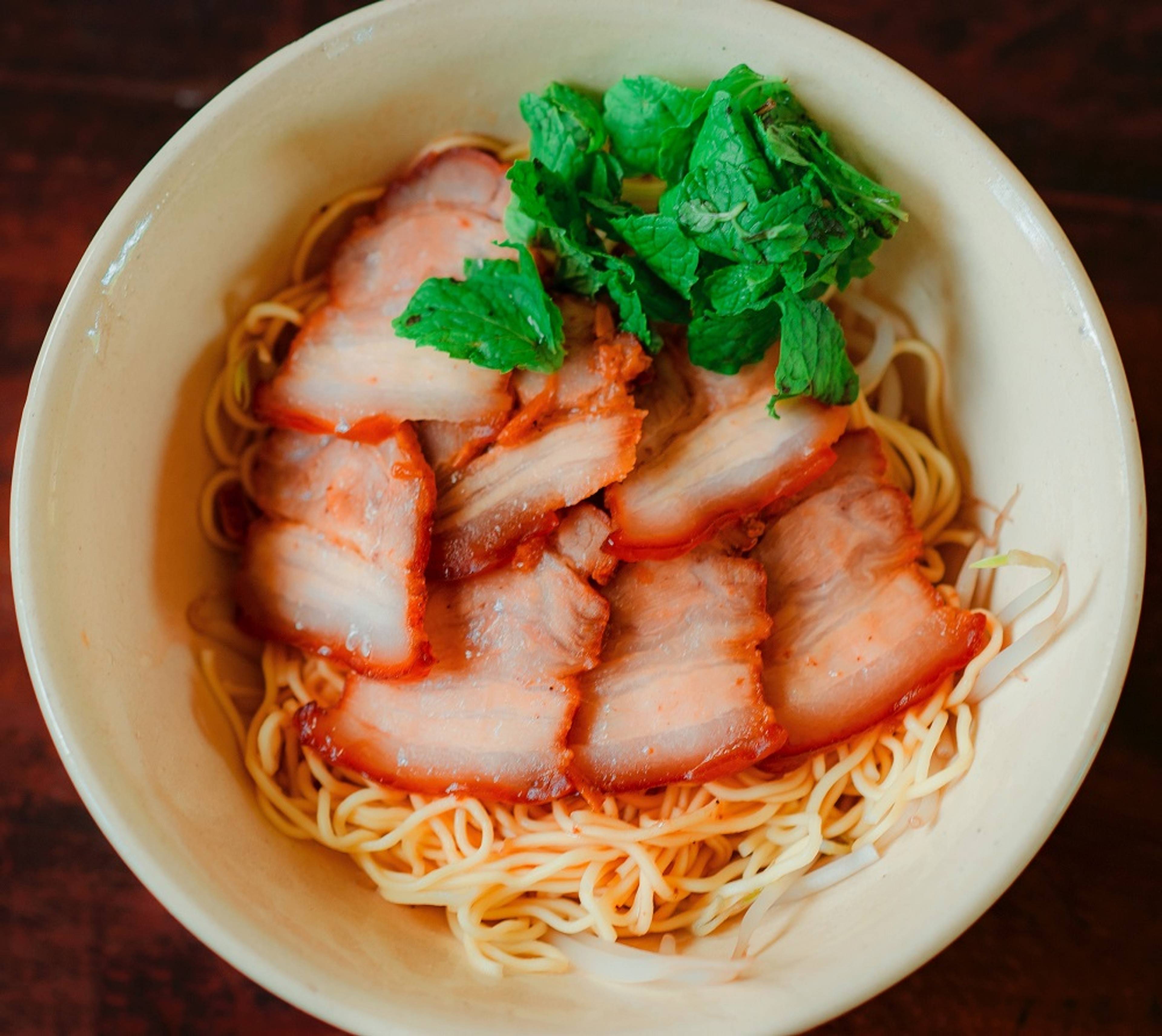
The Origin of Modern Ramen
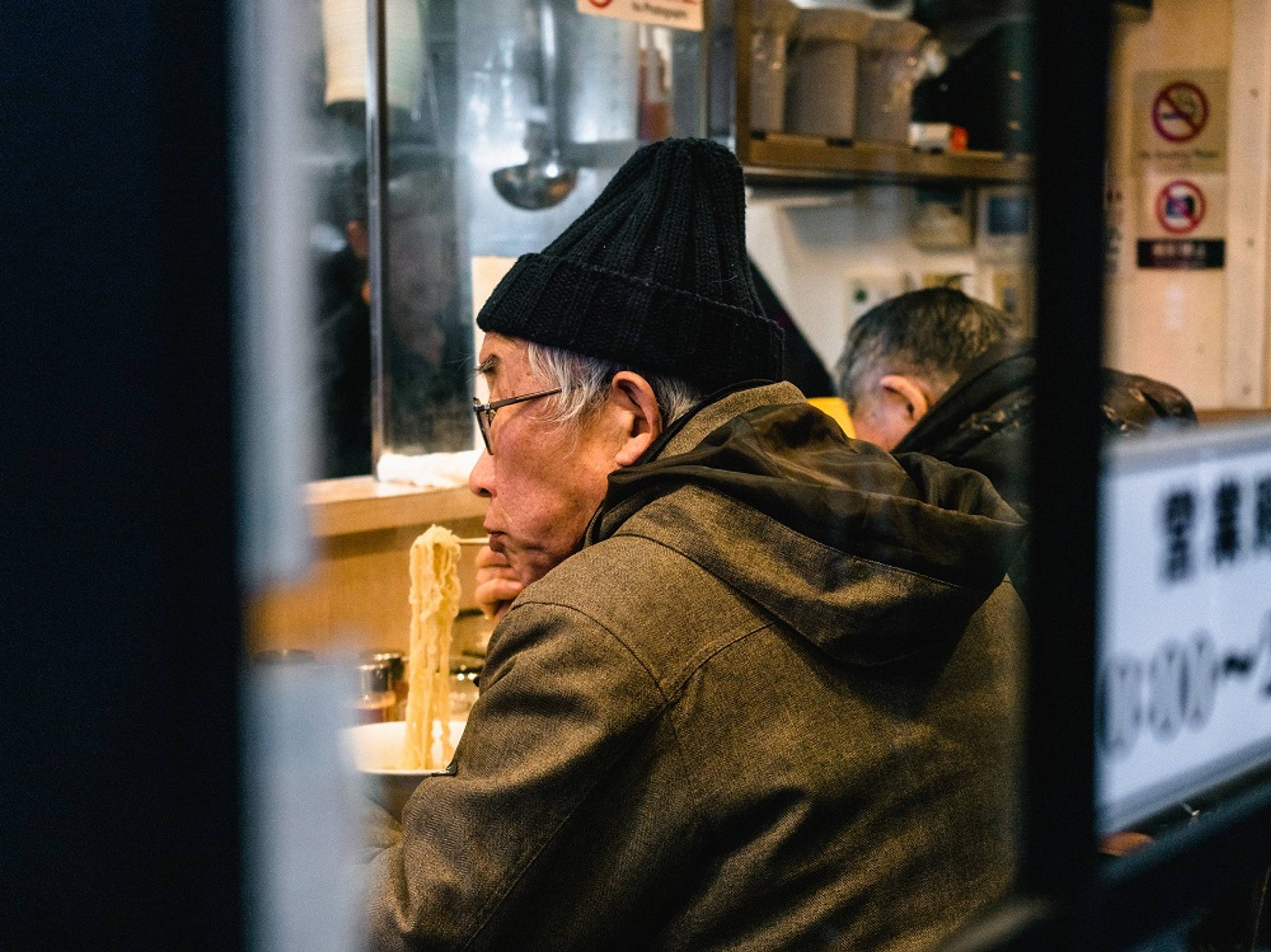
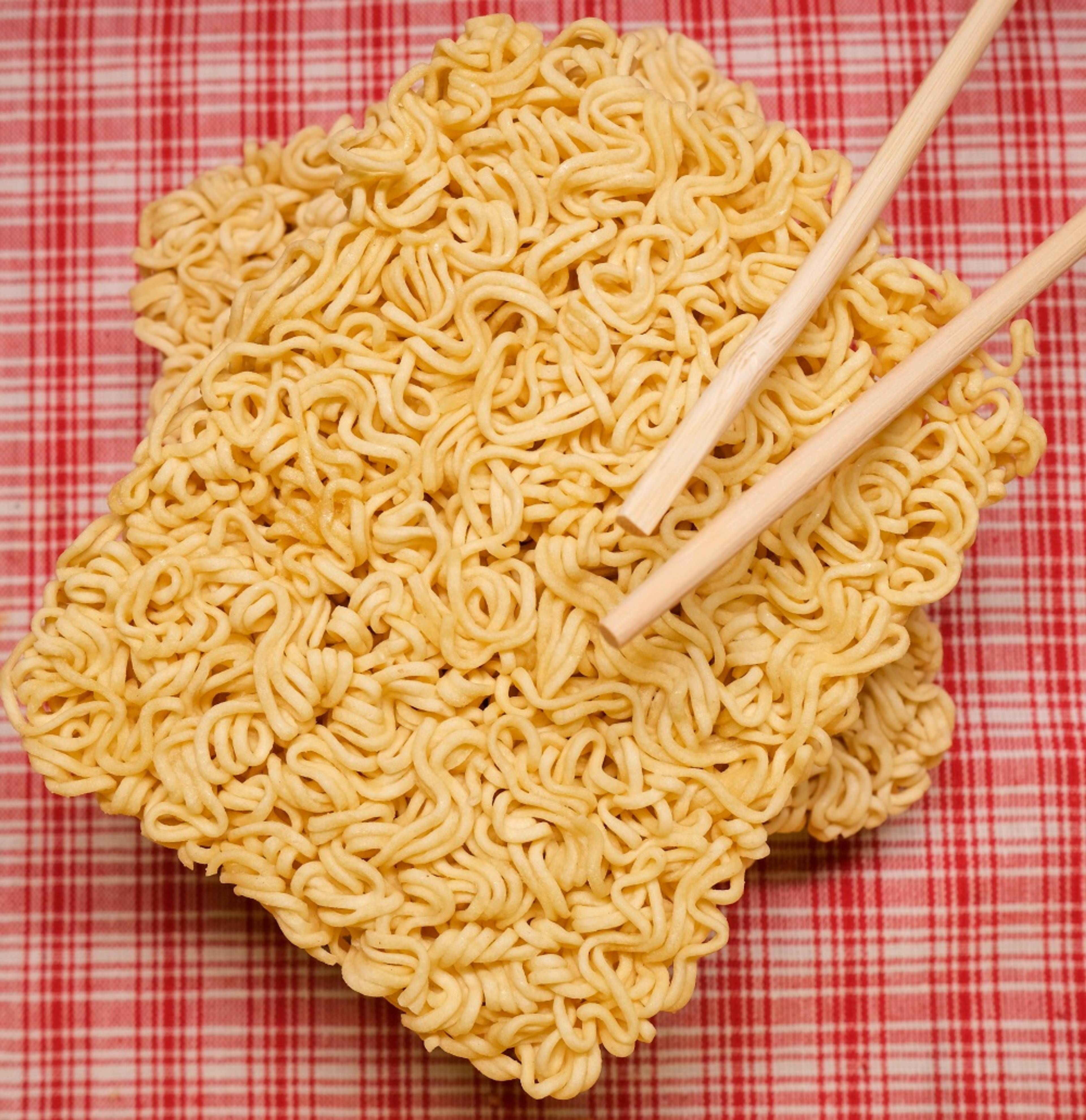
Who Invented Instant Ramen Noodles?

What Is Ramen, and What Is It Made of, Exactly?
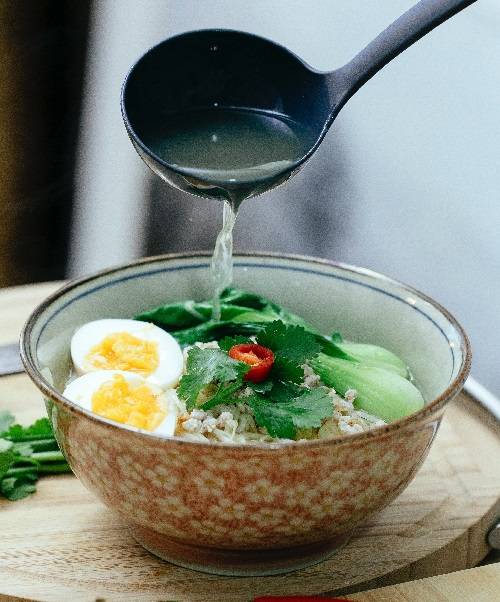
The broth
The broth is generally made from chicken or pork stock, combined with ingredients such as pork bones, striped tuna, dried baby sardines, shiitake mushrooms, onions, and kelp. The combination leads to a savory flavor that's rich in umami and keeps most coming back for more.
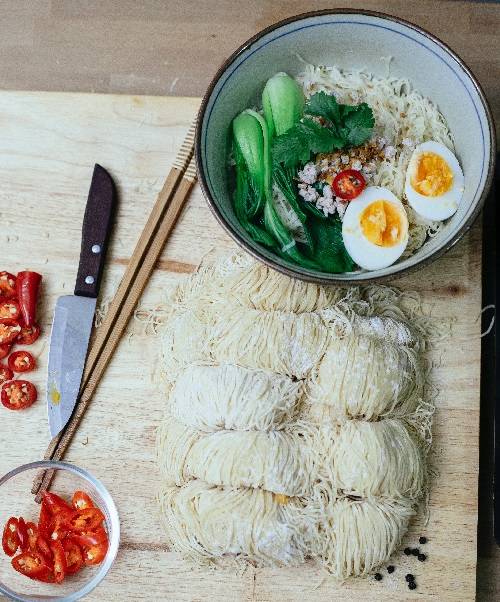
The toppings
Ramen toppings are where slurpers can make the dish their own, mixing and matching to create the ramen of their dreams. Standard toppings include sliced pork, soft-boiled egg, fermented bamboo, wontons, pickled ginger, and fish cakes. But toppings are limited only by your imagination—people use Brussels sprouts, rotisserie chicken, Spam, and even American cheese.
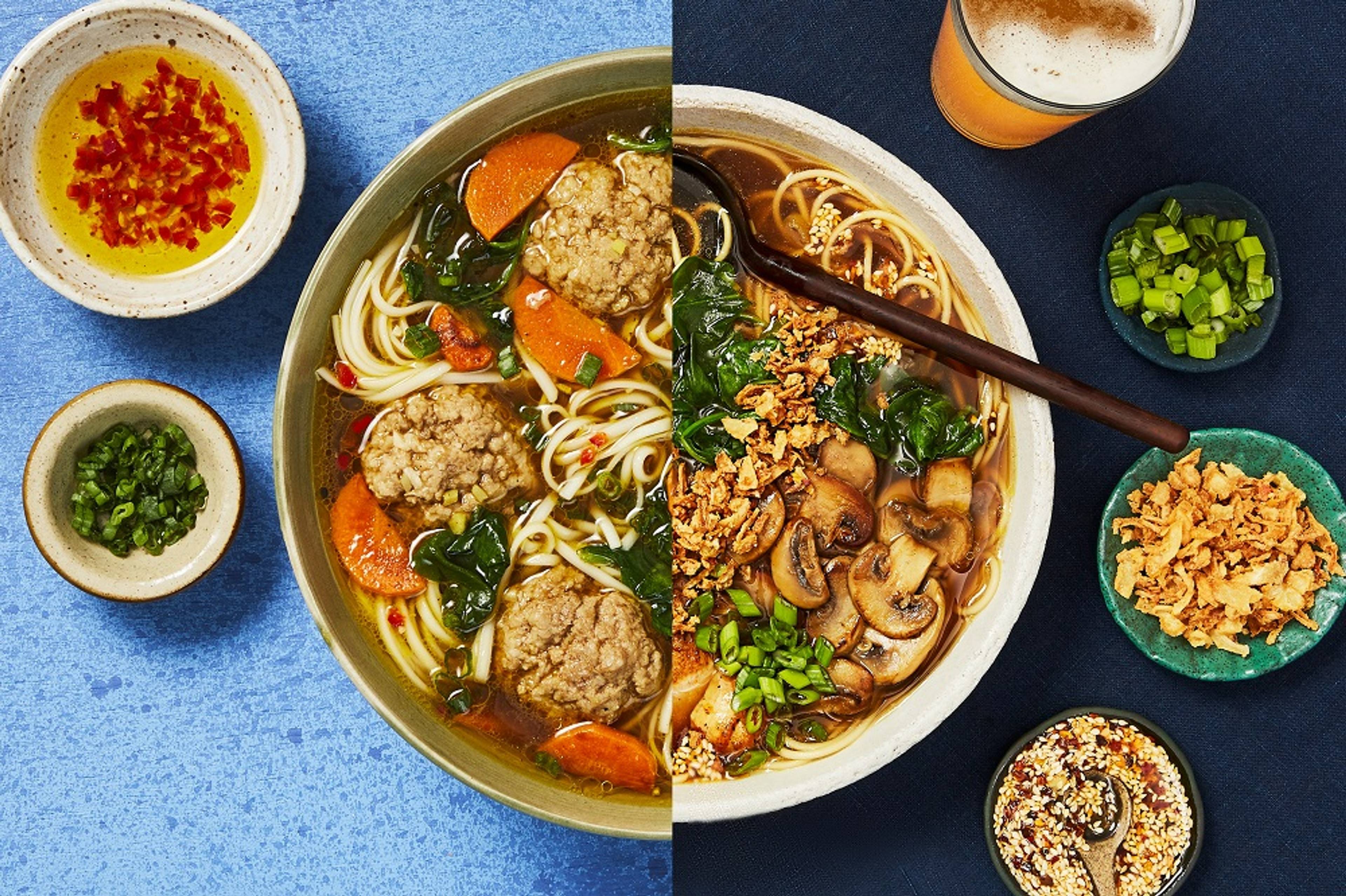
What Different Types of Ramen Are There?
